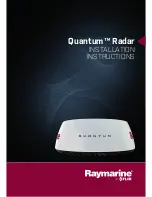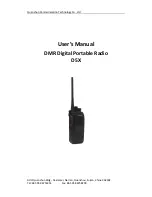
SV
R
2-
01
™
U
se
r’s
M
an
ua
l
27
Figure 6.2
The average of all 10 measurements
(Display is set to show in 10ths) .
NOTE
If there are fluctuations of more than 0 .5 to 0 .8 f/s
(0 .15 to 0 .24 m/s) during a measurement interval, it is
advised to review the final value . Consistent readings
confirm the validity of the result, so we recommend
taking the measurement more than once .
Because the SVR™ measures the Doppler effect from the water
surface, the SVR™ requires a certain amount of return energy . (See
section 9 .1 How Radar Works .) Particulate material and/or floating
debris (seeding) on the surface and surface water roughness provide
this effect .
The SVR™ easily measures the velocity at which the particulate
material moves in high-flow conditions . This provides the accuracy
of the surface flow . For velocities of more than 1 to 2 f/s (0 .30 to 0 .60
m/s), floating debris and particulate material provide an ample return
signal to the radar gun for measurement . Water roughness also gives
a good signal return . Ripples and crosscurrents produce velocities
in all directions . During a measurement, the SVR™ reads all the
velocities and averages them into a resulting single value, based on
the amount of signal return to the antenna .
















































